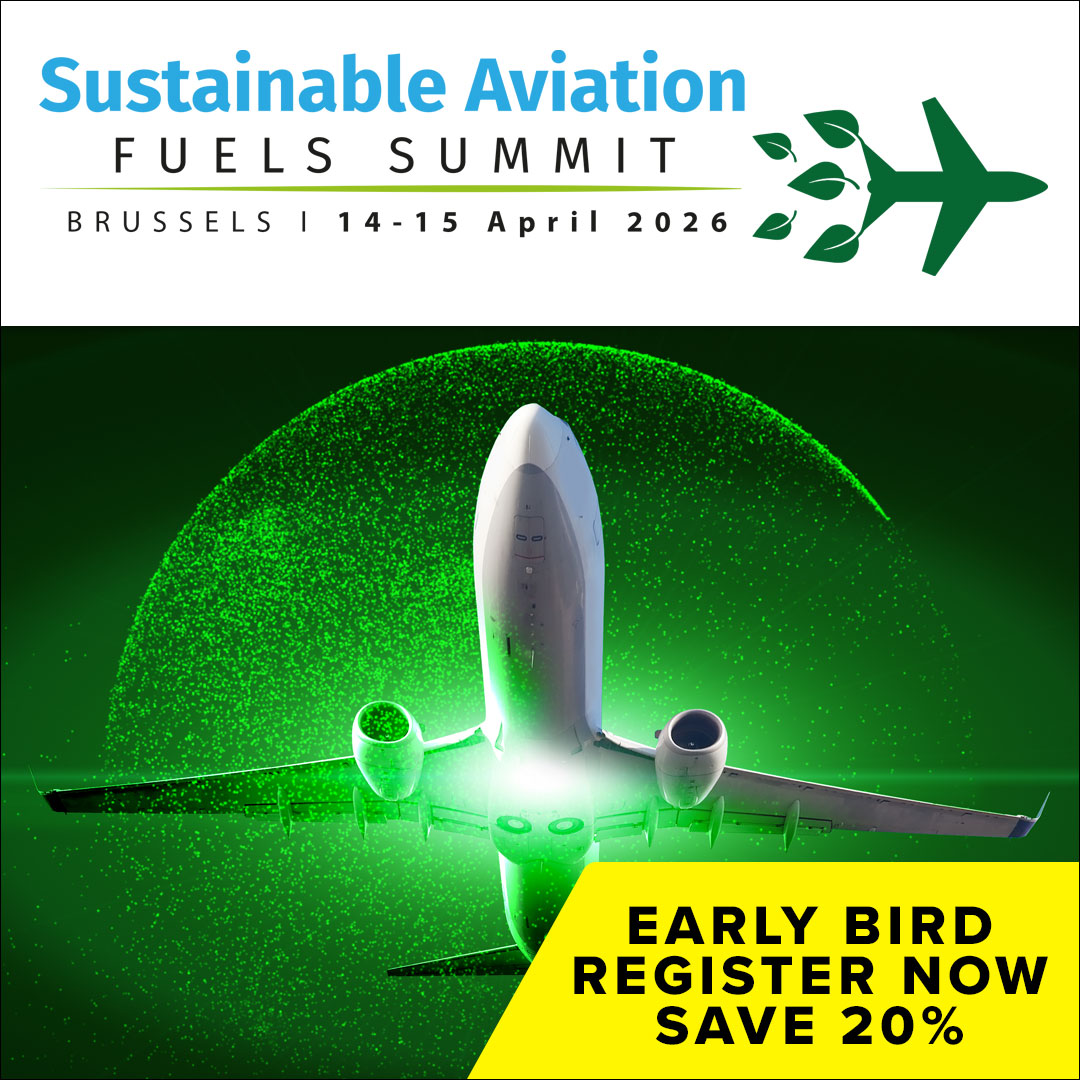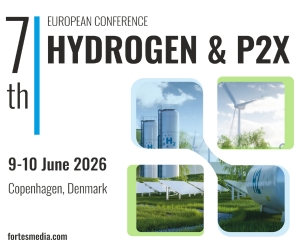The main challenge lies in scaling technologies that can convert these feedstocks into SAF. At present, only HEFA-based processes, such as turning used cooking oil into fuel, are operating at commercial scale. Other barriers include competition from different industries for the same feedstocks, underlining the need for policies prioritising aviation as a hard-to-abate sector.
To reach its 2050 target, airlines will require 500 million tonnes of SAF annually. This could be supplied through a combination of:
- Biomass-based SAF – with potential to deliver more than 300 Mt per year, subject to competing uses, infrastructure improvements and advances in efficiency.
- Power-to-Liquid (PtL) fuels – essential to close the gap to 500 Mt, requiring reliable access to low-cost renewable electricity, hydrogen and carbon capture.
The study highlights that accelerating technology rollout, improving conversion efficiencies, and strengthening logistics and infrastructure are critical. It also calls for coordinated government policies, regional leadership in key markets such as North America, Europe, China, Brazil, India and ASEAN, and stronger investment from the energy sector.
According to IATA, prioritising SAF production could unlock economic opportunities, create jobs, enhance energy security and deliver the scale of fuels needed. The report stresses that while feedstock availability is not a barrier, rapid deployment of SAF technologies is vital if aviation is to reach its net zero goal within 25 years.








